

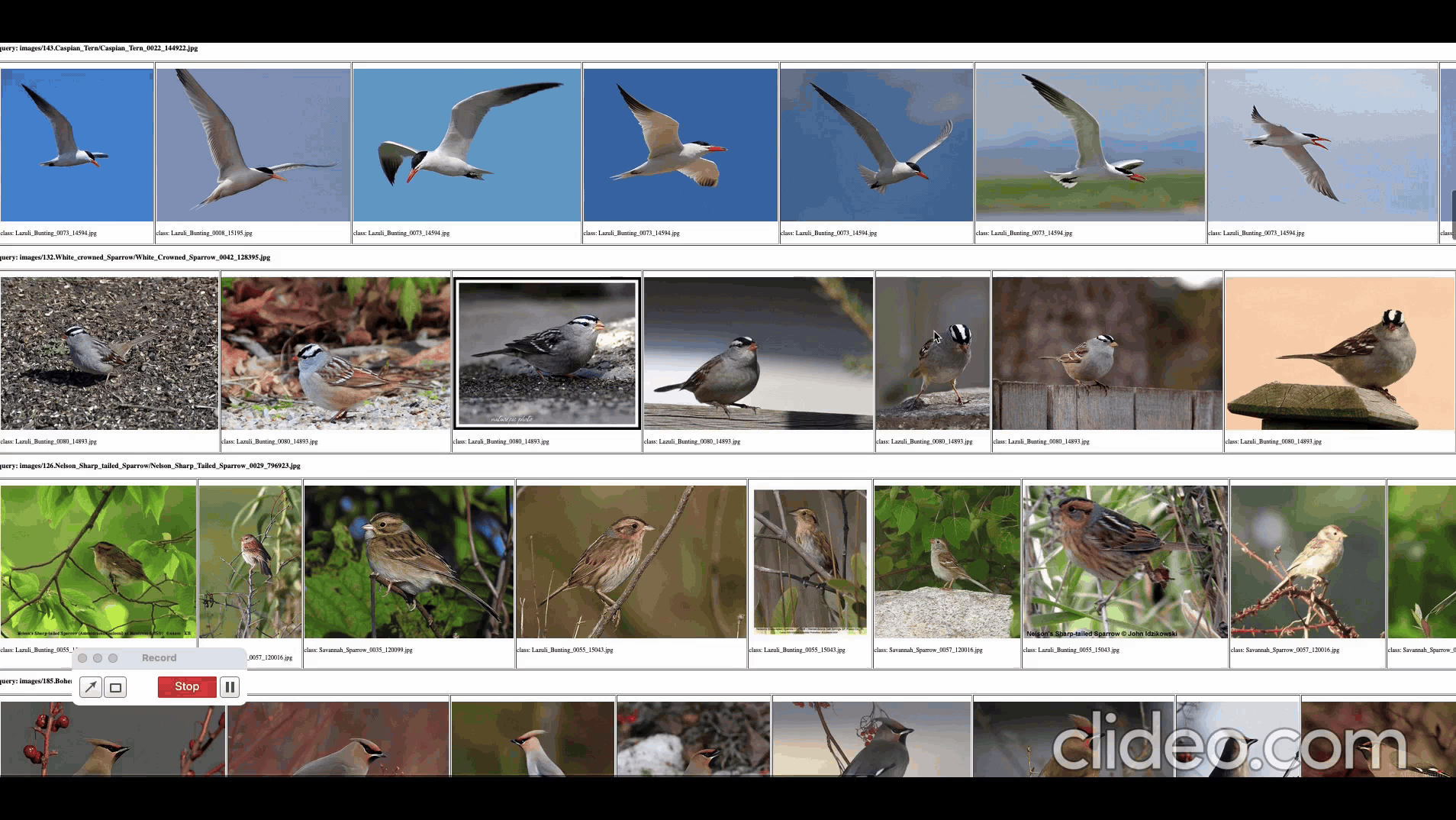
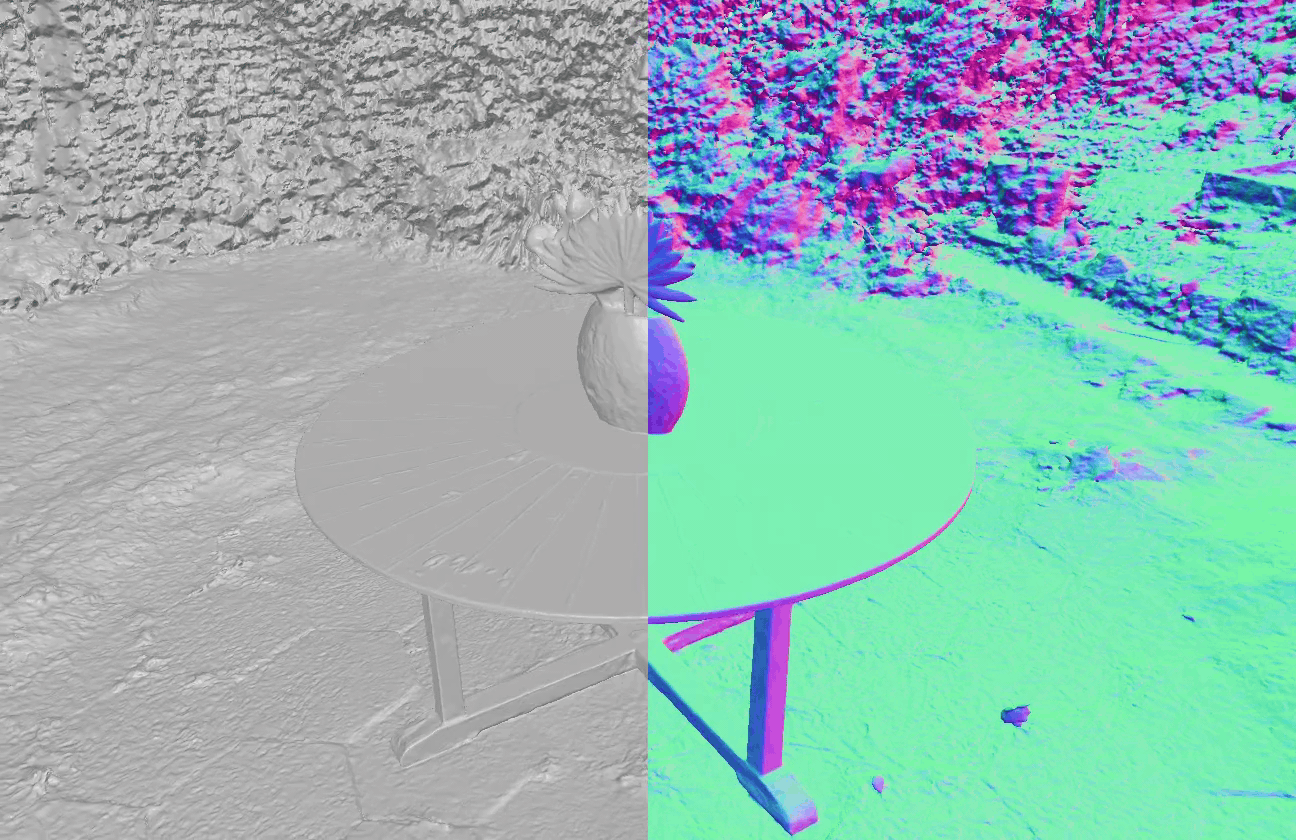

I am a researcher with a strong track record in Computer Vision and Artificial Intelligence. I am particularly interested in multi-modality learning, foundation models, and generative AI. I am into the research for how these models fundamentally work but also hands on production stacks within the leading industry standards to marriage technology with products. My latest research and engineering focus is on multi-modal generative modelling involving generation and understanding of languages, images, and videos.
Associate Editor for APSIPA Transaction on Information and Signal Processing
Reviewers: CVPR, ECCV, ICCV, ICML, NeurIPS, ACL, EMNLP, TOMM, RA-L, ICIP

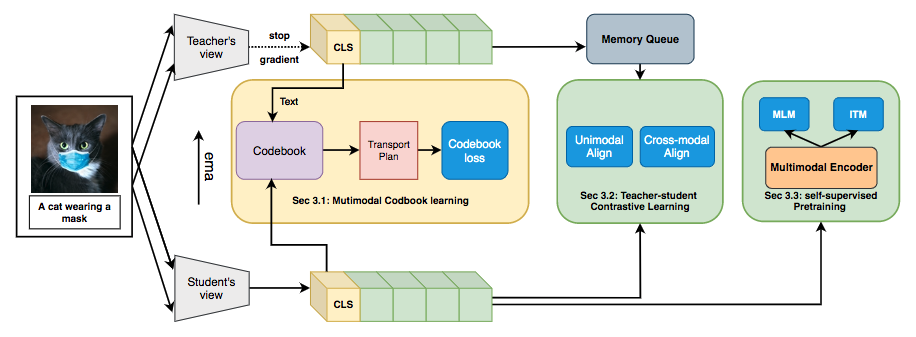
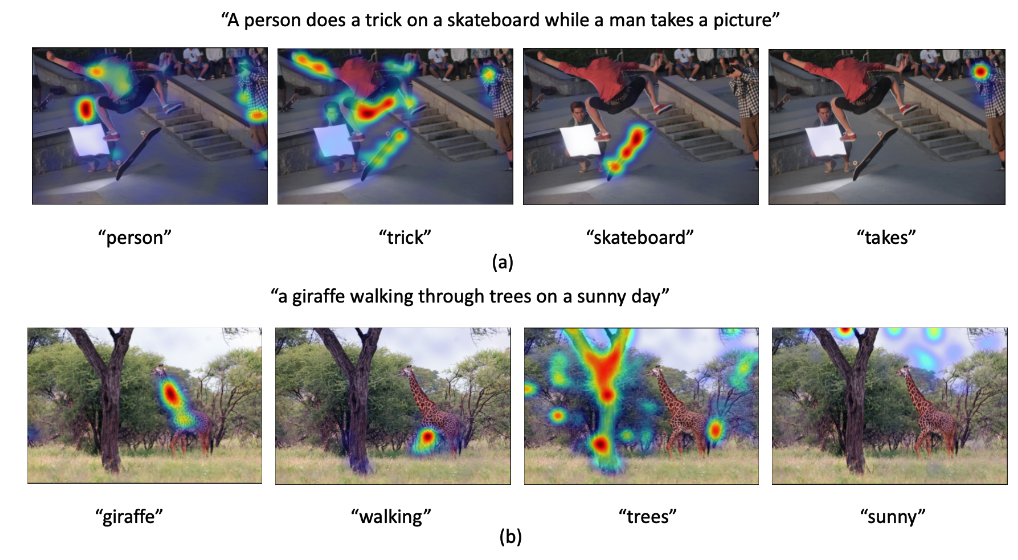


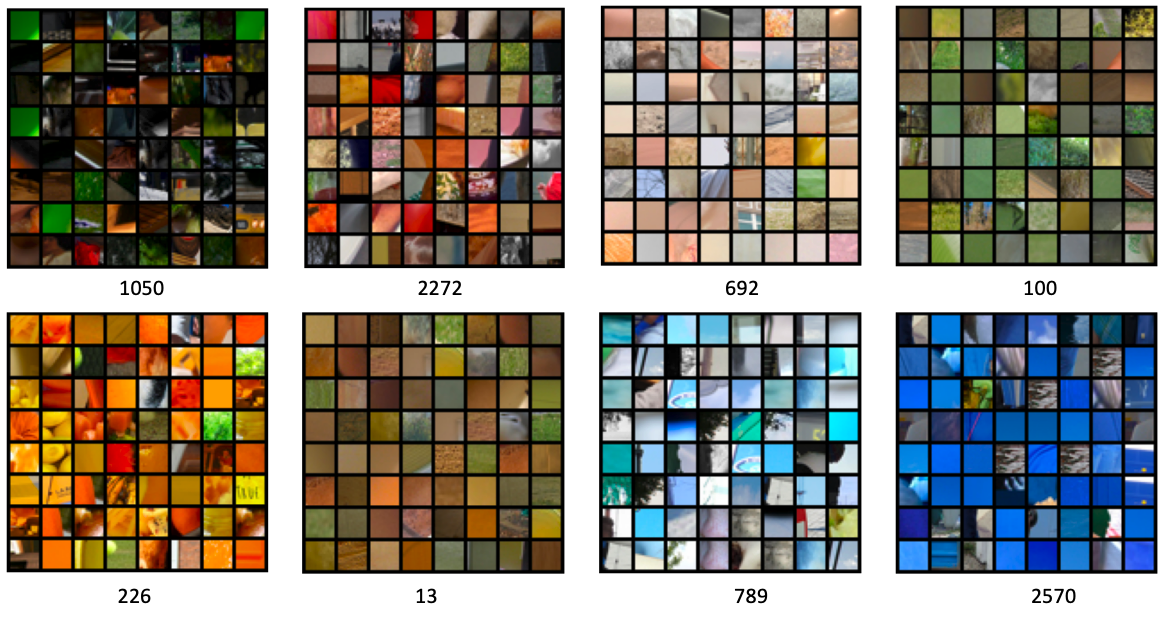

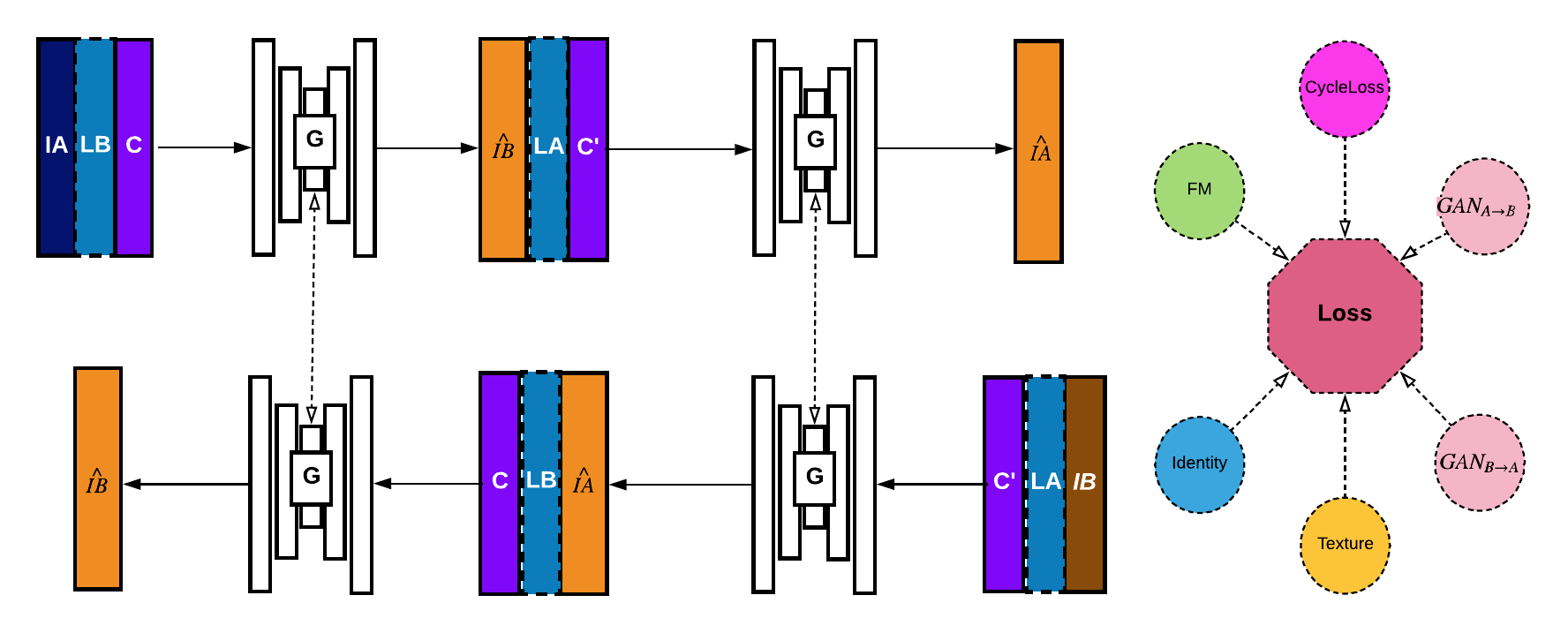
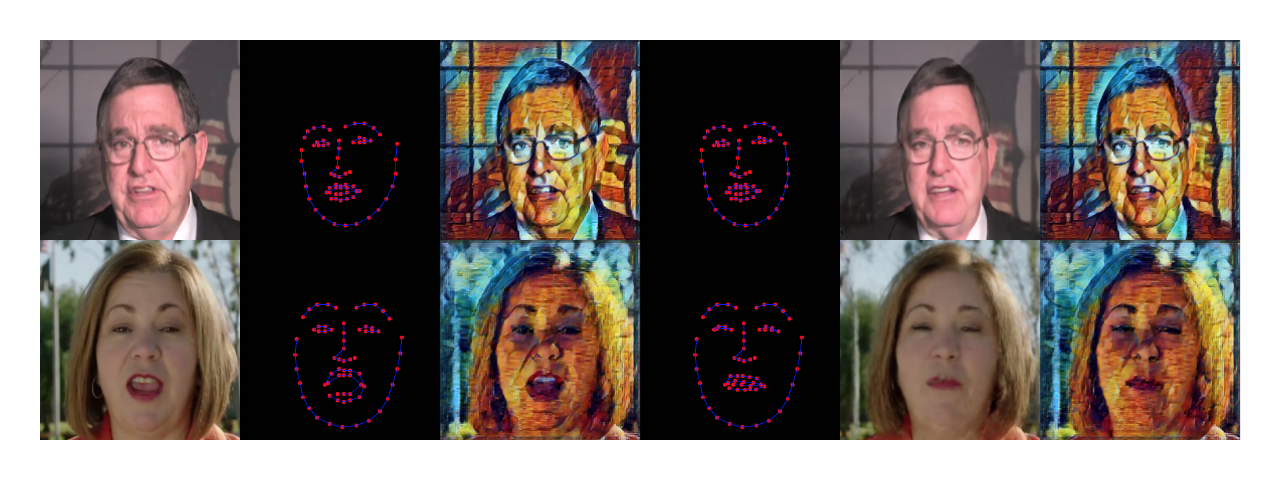
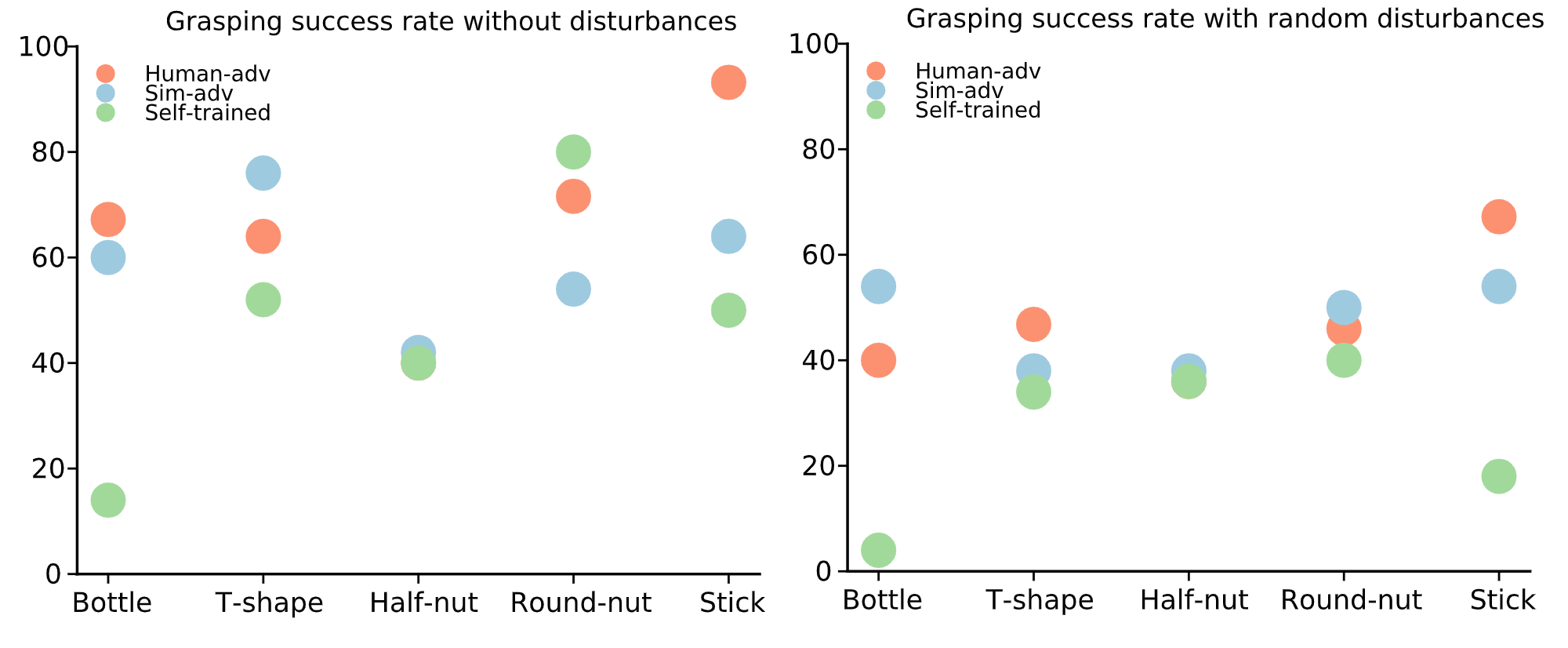


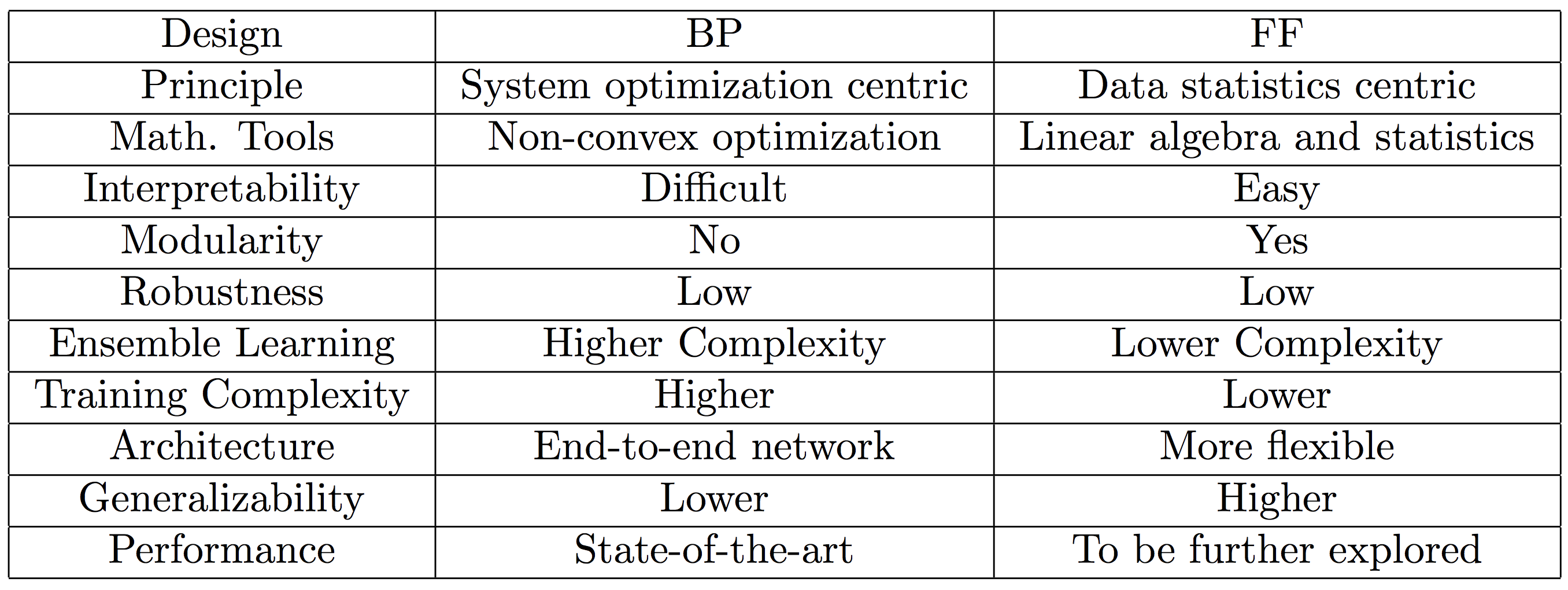
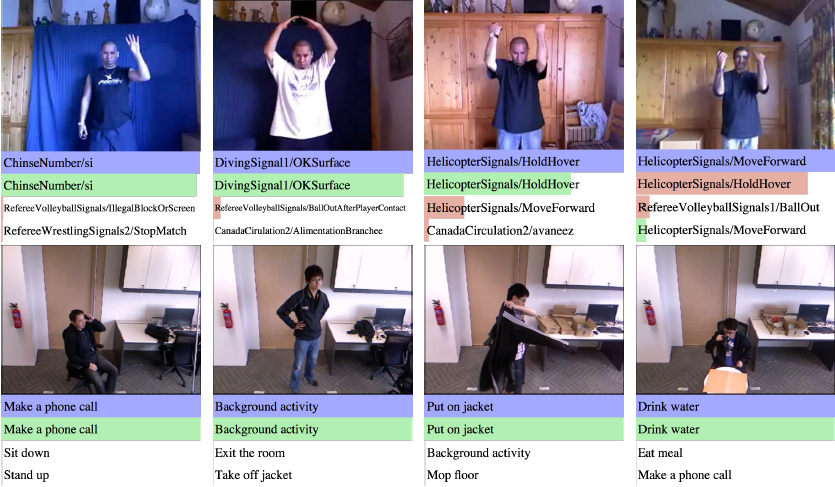



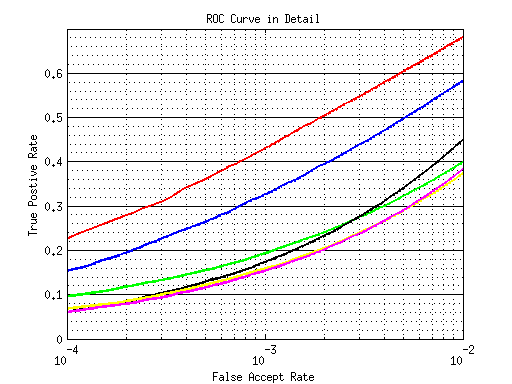

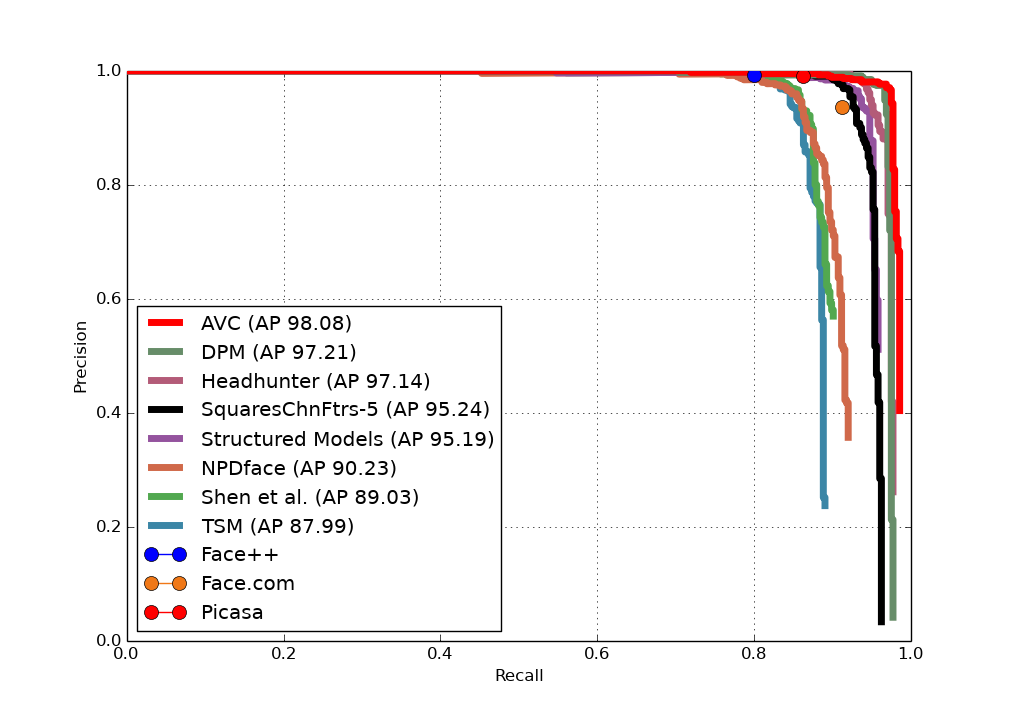
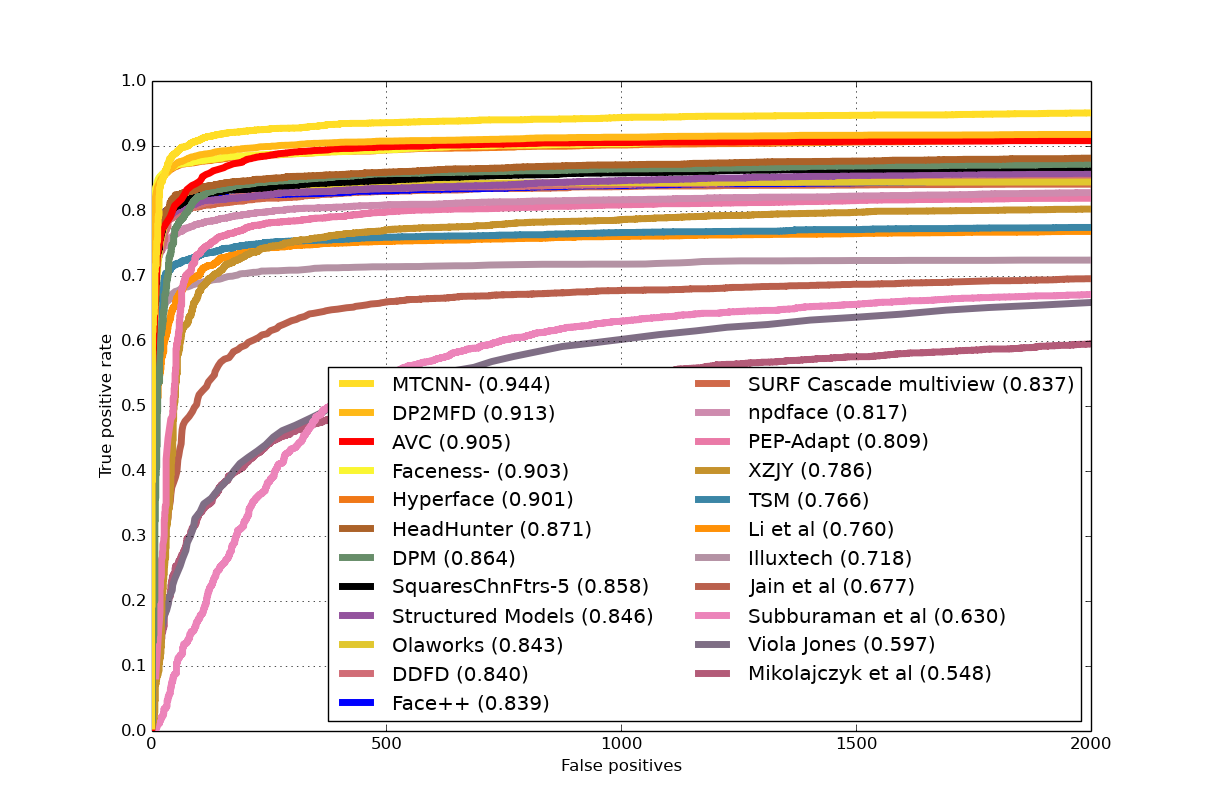

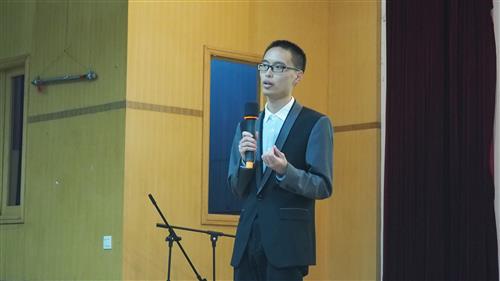

jli.duan@gmail.com © Last updated July 2025